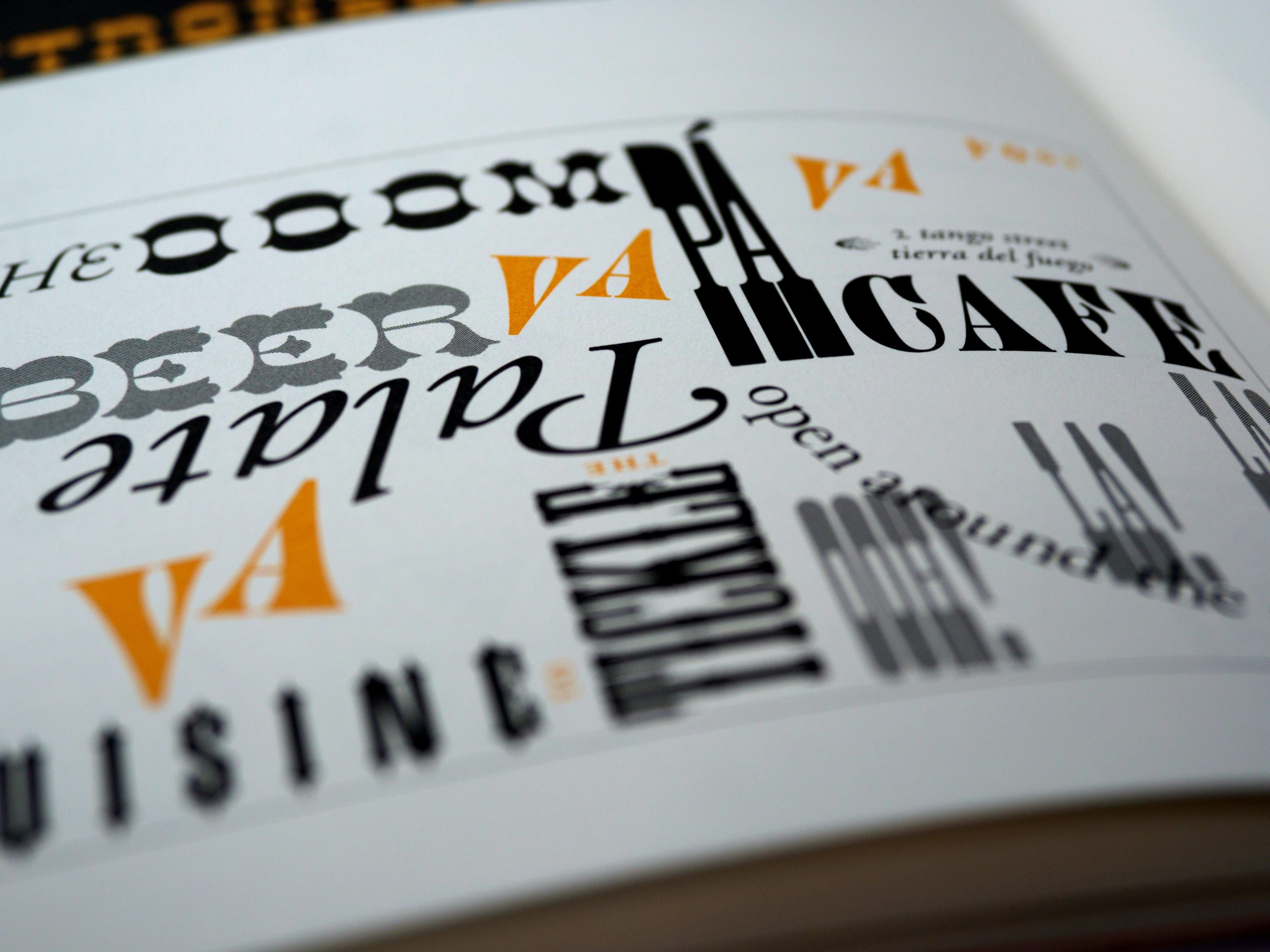
When it comes to web design, good typography is essential. The font and layout of your text can have a huge impact on the user experience and overall effectiveness of your website. In this blog post, we’ll delve into the importance of good typography and provide tips for how to use it effectively in your web design.
First and foremost, good typography improves the readability of your website. If your text is difficult to read, visitors are likely to leave your site and go elsewhere. This is especially true for mobile users, as small screens and low resolutions can make text harder to read. On the other hand, well-designed typography can make your content more engaging and easier to digest, leading to a better user experience overall.
In addition to improving the user experience, good typography can also help with search engine optimization (SEO). Google’s algorithms take into account the usability of a website, and readable text is a key factor in this. Proper heading tags and descriptive alt text can also help search engines understand the content of your site, improving your chances of ranking higher in search results. This is especially important for businesses, as higher search rankings can lead to more traffic and potentially more customers.
So, what makes for good typography in web design? Here are a few tips:
In addition to these tips, it’s also important to consider the overall design and layout of your website. Good web design should be visually appealing and easy to navigate, with a clear hierarchy and well-defined sections. This can help to guide readers through your content and make it easier for them to find what they are looking for.
Overall, the importance of good typography in web design cannot be overstated. It’s essential for improving the user experience and increasing your search engine rankings. By following these tips and paying attention to the typography of your website, you can create a more effective and engaging online presence. Don’t underestimate the power of good typography in your web design!
Experience worry‑free WordPress hosting with automatic updates, top‑tier security, and expert support so you can focus on doing what you do best: growing your business.
Take full control of your website on our secure servers with straightforward FTP and control‑panel access—manage your site your way while we ensure uptime and maintenance.
Experience stress‑free domain registration with at‑cost pricing, free privacy protection, built‑in security, automatic renewals, and expert support.
Maximize your ROI and drive high‑quality traffic to your website with expertly managed PPC campaigns.
We’re developing softwares you can use for your business. AI Tools, CRMs, Appointments & Booking, and more.
We’re developing softwares you can use for your business. AI Tools, CRMs, Appointments & Booking, and more.
Generate SEO-optimized content, images, videos, chatbots, code, and voiceovers instantly with our AI Business Tools suite.
Centralize your customer data and accelerate sales with our intuitive CRM that tracks contacts, automates follow‑ups, and delivers insights at a glance.
Delight clients with seamless scheduling—automate bookings, reminders, and confirmations in one easy‑to‑use platform.
Save time and scale your reach with intelligent social media automation that schedules, publishes, and interacts on your behalf 24/7.